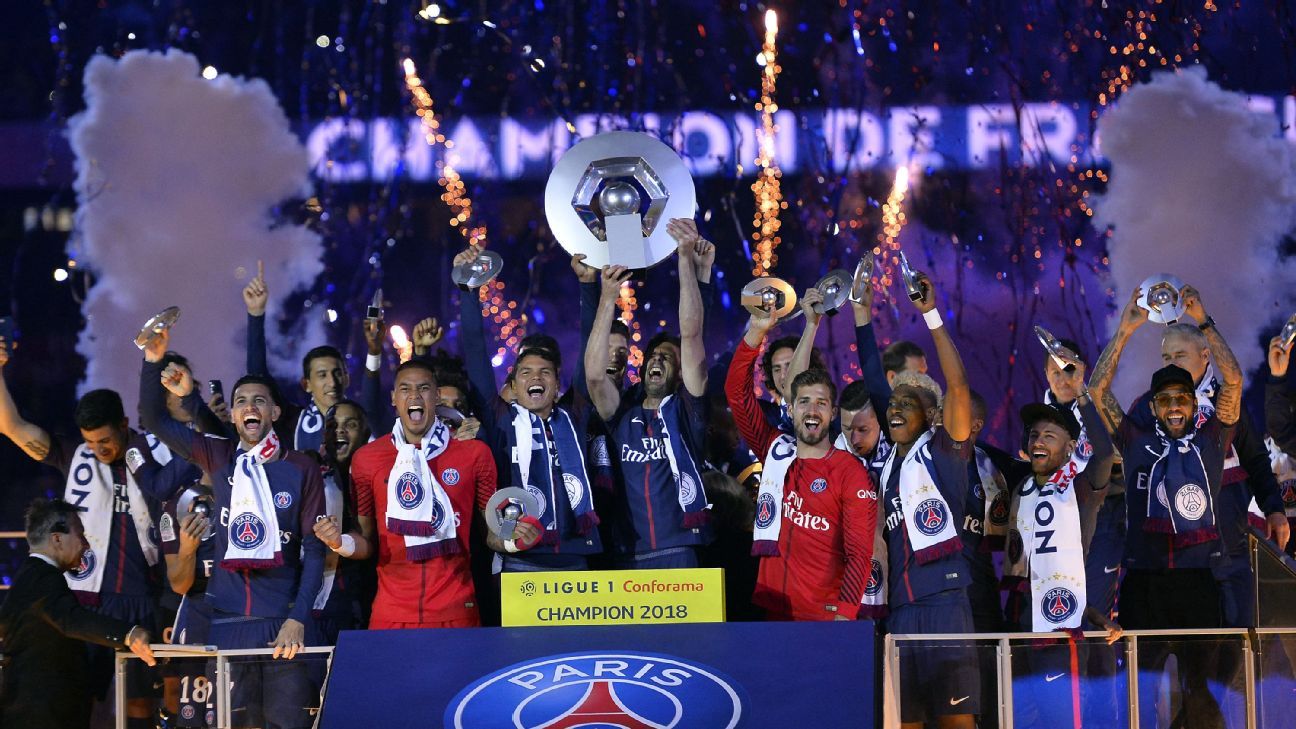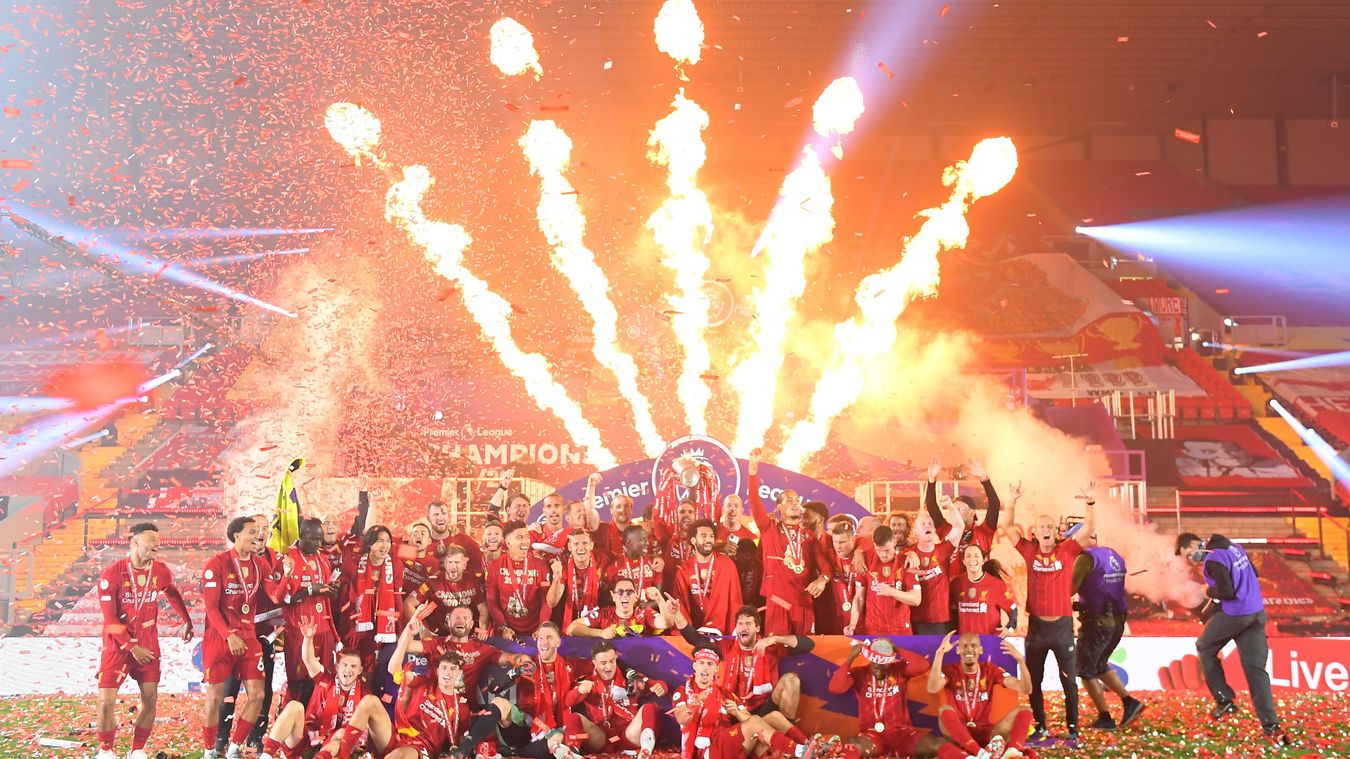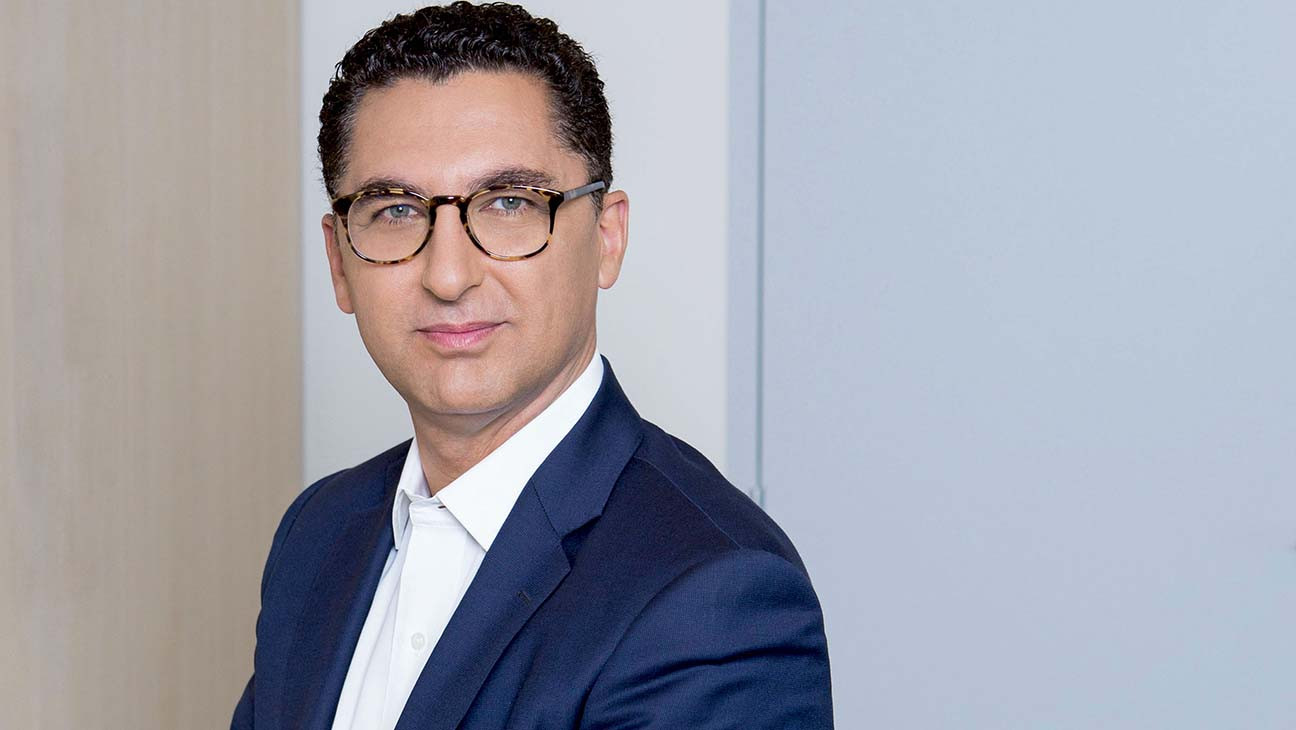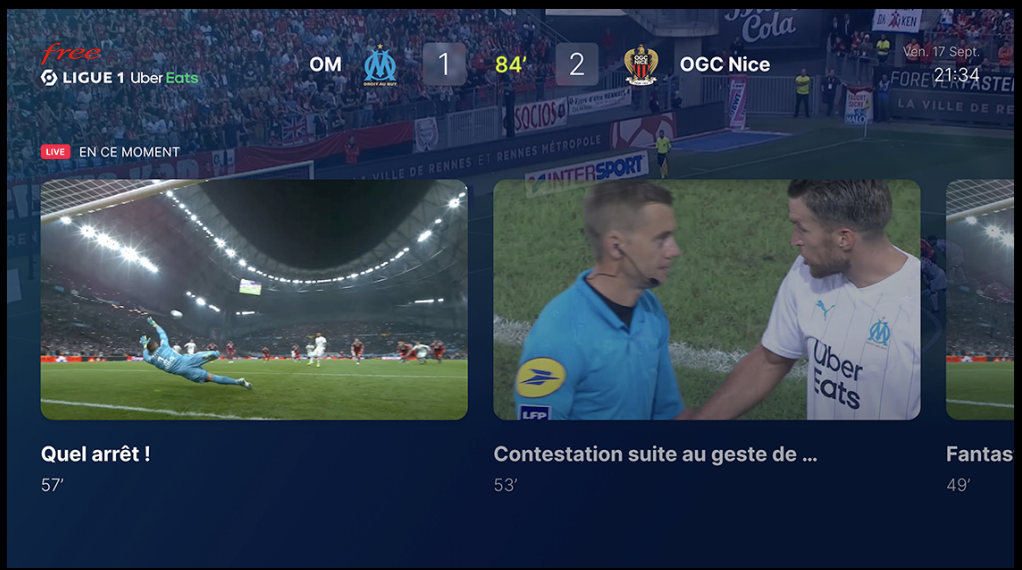
After more than 40 years of operation, DTVE is closing its doors and our website will no longer be updated daily. Thank you for all of your support.
Ligue 1’s Mediapro drama shows that sports rights are anything but straightforward

In a week where Italy’s Serie A launched its international broadcast rights tender (excluding MENA for politically-charged reasons), drama continued to unfold in France as it emerged that the Ligue de Football Professionnel (LFP) is in talks with Canal+.
The Vivendi-owned broadcaster had been the long-established primary rights holder to the French top flight football league, but was gazumped by Sino-Spanish media company Mediapro in 2018 when it took the bulk of the rights in an €800 million-per season coup.
Tim Westcott, senior research manager at Omdia, says that this “was certainly a deal that bucked the trend for previous Ligue 1/2 deals, but French football could arguably be seen as undervalued compared to the other European leagues.”
That relationship turned south almost as soon as it started, with Mediapro only making one payment of €172 million for the rights before missing its October 5 deadline for the second tranche. Mediapro is still yet to make this payment, and its third tranche is due in the coming days.
This non-payment had an immediate fallout. The LFP threatened to tear up its lucrative deal mere months into the partnership, was forced to take out bank loans to cover payments to the league’s clubs, and referred the case to the courts in Paris. Mediapro meanwhile has seen the credit rating of parent company Joye Media downgraded to ‘very high risk’ of non-repayment and has been accused of damaging the stature of the competition.
For its part, Mediapro has maintained a public commitment to the league and has said that it wants an updated deal to reflect the current pandemic-afflicted economic climate. The company’s boss, Jaume Roures, said at a press conference last month that Mediapro “is here to stay” and that it desires a “reasonable solution” to how both parties can “adapt to the situation” of Covid-19.
That desired outcome, L’Equipe reports, is a 2020/21 discount of between €170-200 million in exchange for extending the rights deal by two years.
Westcott calls Mediapro’s argument “flimsy,” and argues that fanless football is actually a potential engine for growth.
He says: “It has to said this is a flimsy argument as the whole programme of matches is being played and the fact that fans can’t go to matches actually increases the potential audience of Teléfoot.”
It could however be argued that these demands aren’t simply just to reflect the current climate, but rather due to Mediapro’s own financial struggles. In its most recent financial report, the firm’s revenues decreased by 19% to €1.2 billion – and that is before the four-year €4.48 billion deal kicked in.
The clock is ticking on a resolution, with the mediation process due to end next week and payment required imminently. So far in this stare down neither party has blinked.
Westcott says that it “seems to be a negotiation that so far the LFP hasn’t shown any inclination to get into,” while “Mediapro is probably calculating that no-one else is going to step in to replace it and that it is in a strong bargaining position.”
The analyst also says that tearing up the deal, particularly as the agency has made at least one payment, could be difficult for the LFP and would result in “possible further legal actions from Mediapro.”
The alternative
Canal+ finds itself in something of a curious position in all of this.
It is evidently being courted by the LFP in the event that the league operator does cut ties with Mediapro, but the company has outwardly been more than happy without the large rights package.
The operator has recently seen its subscriber base grow, to quote president Maxime Saada, “for the first time in a long time.” The group’s ‘total subscriber portfolio’ reached 20.4 million in the latest quarter, up from 19 million last year, including 8.6 million subscriptions in France.
The Canal+ president has also been on the offensive when talking about the LFP-Mediapro deal. He recently said that the relationship is “untenable” and that “There is no question of plunging Canal+ into the red by reinvesting at a loss in football”.
He called the current episode “damaging” to “the quality and ultimately the value” of the league,” and said that “ I have always thought that the economic equation was untenable given the price paid for the rights.”
Westcott calls this a “fair description” and believes that it may be some form of karmic retribution. “I think Canal+ is enjoying the LFP’s current discomfort after all the negative press about Canal+ losing the Ligue 1 rights when the new deal was unveiled,” the analyst says.
It is understandable that Canal+ would be openly hostile to the notion of matching Mediapro’s deal, considering the massive increase in its valuation from cycle to cycle. Westcott estimates that the broadcaster would end up spending “probably less than it and BeIN Sports are paying for the rights they already have.”
Teléfoot
Part of the rights agreement with Mediapro saw the launch of a dedicated channel, Teléfoot.
For all the negativity around its handling of the deal, Mediapro has been demonstrably forward-looking around the strategy of the channel via a range of distribution offers.
This includes a cut-price mobile-only version of the channel along with a €29.90-per month bundle with Netflix.
Mediapro has also secured more traditional-looking deals with the likes of Bouygues Telecom, Orange and Free.
Westcott says that the launch has been “successful,” but there are questions over subscriber numbers. Roures previously said that it was at 600,000 subscribers, while a fresh report from L’Equipe puts the channel at a more modest 480,000 to date.
Either way, the Omdia analyst says that “Teléfoot will need many more subscribers to break even,” and that the channel has potentially been hamstrung by the exclusive sublicencing deal between beIN Sports and Canal+.
Canal+ president Saada puts that required total at close to seven million subscribers in order for Mediapro to start making money, and the league may be concerned that it is so far away from being profitable under this estimation. Mediapro’s Roures meanwhile says that it will break even at 3.5 million.
While this current situation is of a much larger scale, the ordeal seems to have shades of Eleven Sports disastrous and short-lived affair with Spain’s La Liga in the UK.
Eleven Sports launched in the UK in 2018 as a premium OTT platform with rights to major European football leagues including La Liga and Serie A and other major sports such as the UFC. In the case of La Liga, Eleven Sports signed an initial deal for the 2018/19 season, but that was effectively abandoned after the service failed to attract enough subscribers by December.
Mediapro will hope that it does not emulate Eleven, with chairman Andrea Radrizzani earlier this year admitting that its strategy “was a mistake.”
Teléfoot at least appears to be in a more commanding position – there will always be more demand for a channel dedicated to a domestic league – but there will also be concerned about its viability as a money maker.
League takeaways
Sports broadcast rights are an ever-evolving issue, with each of Europe’s top five leagues seeking the lucrative domestic and international deals secured by the English Premier League.
Serie A, which is in the final stages of wrapping up the 10% sale of its new media unit to a joint-bid from CVC Capital Partners and Advent International, will want to see significantly stepped-up bids from its historically undervalued sales.

The English Premier League, with broadcast revenues of €3.5 billion, is the envy of Europe’s top five leagues
In its most recent deal, set to expire in 2021, Serie A generated €1.35 billion per season in broadcast sales while the English league made €3.5 billion – more than 2.5 times the Italian league.
Westcott however feels that this ongoing drama between Ligue 1 and Mediapro could prove to be something of a cautionary tale for Serie A. Serie A actually previously sold its rights to Mediapro in 2018. This was a similarly controversial episode after the deal was abandoned after Sky lobbied the courts to rule that Mediapro was ineligible to be the rights holder
“I think they will realise that a 60% increase in rights – especially in the current media climate, with pay TV subscriptions on a plateau – is probably going to prove too good to be true,” the analyst says. “New players like Amazon are certainly interested in premium live sports rights but they are not interested in paying eye watering amounts of money.
“At Omdia we think we’re likely to see more stability in the sports rights market but more experimentation with D2C add on services and probably more exploration of advertising as a revenue stream.”
Both leagues are experiencing a long overdue transformation and modernisation of their media rights businesses, but they would be wise to acknowledge that the inflation in value is not as simple as it may seem on the surface.





